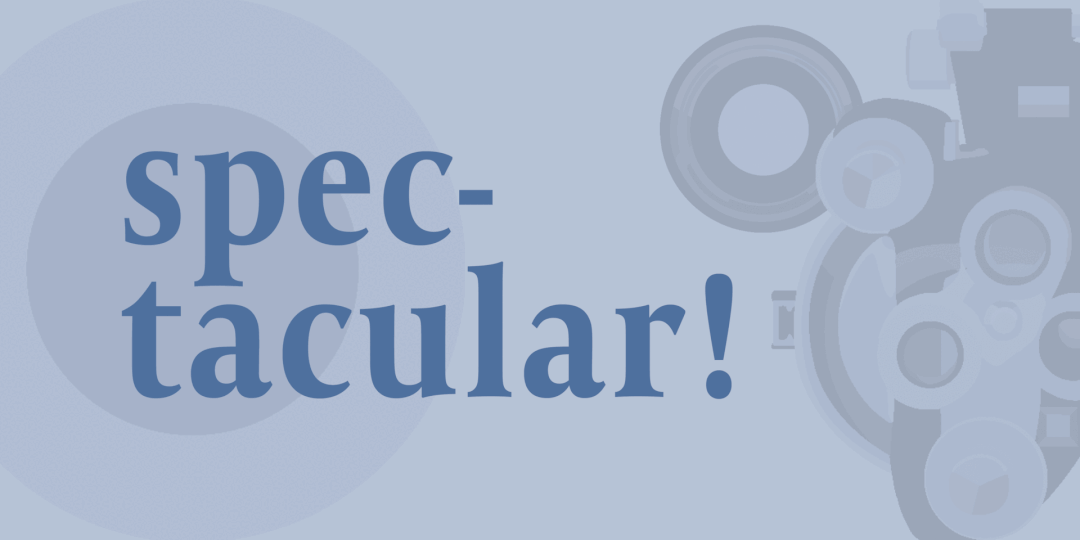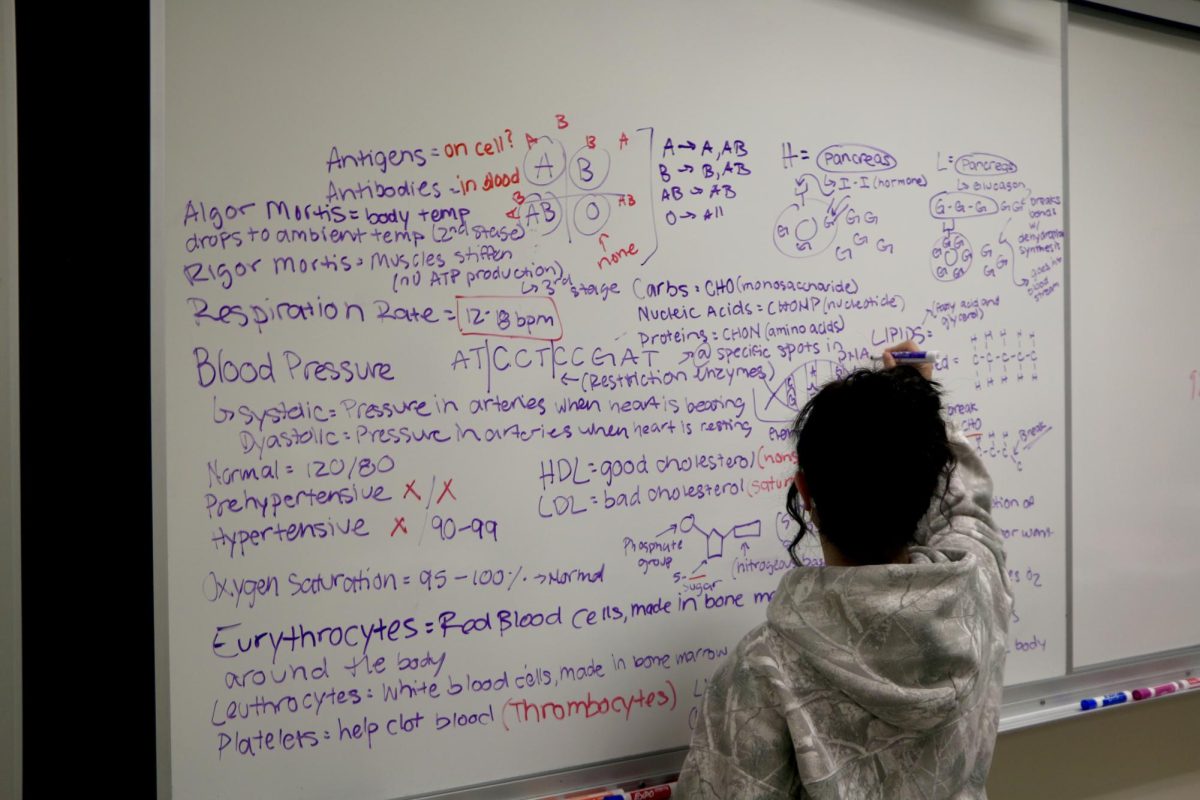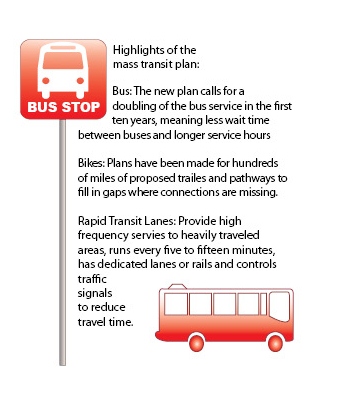 Indianapolis has never been known for its efficient public transportation. In fact, central Indiana is a “dead zone” for public transportation, lacking the mass transit necessary for reaching its full economic potential. Despite central Indiana’s need for increased public transportation, a new mass transit plan failed to pass at last spring’s legislative session.
Indianapolis has never been known for its efficient public transportation. In fact, central Indiana is a “dead zone” for public transportation, lacking the mass transit necessary for reaching its full economic potential. Despite central Indiana’s need for increased public transportation, a new mass transit plan failed to pass at last spring’s legislative session.
Earlier this year, Senate removed legislation that would have allowed voters to decide whether or not to approve increased taxes for the mass transit project. Now, the Central Indiana Mass Transit Study Committee is considering the issue for the next legislative session.
The main opponents of the plan were Republicans, who claimed that most of the required tax money would come from suburbanites who would use the transit system the least and benefit the least from increased public transportation. However, better mass transit would revitalize central Indiana and benefit many in Carmel, even those who would not directly use it.
Better transit would benefit Carmel residents by linking them to jobs in Indianapolis, reducing the costs of commuting and offering opportunities for economic advance. The system would also allow more personal mobility and options to travel to work or school.
Greater accessibility to transit systems would also lead to increased residential property values by creating more demand for areas linked to public transportation. This increase in property values would put money directly into the pockets of homeowners and, therefore, benefit Carmel homeowners.
Efficient public transportation saves time and reduces travel costs for citizens. Transit also benefits businesses by reducing logistic costs and increasing access to the larger work force caused by new links to Indianapolis jobs. As a result of decreasing costs, business profits will increase, allowing businesses to offer higher-quality goods and services. These goods and services will then benefit consumers throughout central Indiana.
Additionally, mass transit would decrease the number of vehicles on the road, which decreases congestion. Less congestion means less hassle and less wasted time when it comes to traveling, which would even help suburbanites who do not use public transportation.
Mass transit will also benefit the environment by decreasing energy consumption and carbon emissions as the number of vehicles on the road drops. A healthier environment would benefit those who would not use new public transportation, as well as those who would. After all, everyone breathes the same air and uses the same water.
Public transportation has always been one of Indiana’s weakest links. The lack of mass transit has hindered the growth of Indiana and held it back from reaching its full economic potential.
Though the $1.3 billion required for the mass transit plan may seem excessive, the long-term benefits outweigh the initial cost of developing this system. Improved transit will facilitate a stronger economy and lead to a better quality of life for all central Indiana residents.
Mass transit systems benefit all, regardless of whether or not they directly use it. Increased public transportation in central Indiana will revitalize the economy, decrease congestion and benefit the environment. Therefore, senators should assess the benefits of mass transit to not only citizens who use public transportation but also those who do not. During the next 2014 legislative session, we hope senators will be able to see the benefits of the new mass transit plan.
Public transportation serves all. The citizens, the economy and the environment will benefit from better mass transit systems, which will foster greater growth in Carmel and in all of central Indiana.































![AI in films like "The Brutalist" is convenient, but shouldn’t take priority [opinion]](https://hilite.org/wp-content/uploads/2025/02/catherine-cover-1200x471.jpg)













































![Review: “The Immortal Soul Salvage Yard:” A criminally underrated poetry collection [MUSE]](https://hilite.org/wp-content/uploads/2025/03/71cju6TvqmL._AC_UF10001000_QL80_.jpg)
![Review: "Dog Man" is Unapologetically Chaotic [MUSE]](https://hilite.org/wp-content/uploads/2025/03/dogman-1200x700.jpg)
![Review: "Ne Zha 2": The WeChat family reunion I didn’t know I needed [MUSE]](https://hilite.org/wp-content/uploads/2025/03/unnamed-4.png)
![Review in Print: Maripaz Villar brings a delightfully unique style to the world of WEBTOON [MUSE]](https://hilite.org/wp-content/uploads/2023/12/maripazcover-1200x960.jpg)
![Review: “The Sword of Kaigen” is a masterpiece [MUSE]](https://hilite.org/wp-content/uploads/2023/11/Screenshot-2023-11-26-201051.png)
![Review: Gateron Oil Kings, great linear switches, okay price [MUSE]](https://hilite.org/wp-content/uploads/2023/11/Screenshot-2023-11-26-200553.png)
![Review: “A Haunting in Venice” is a significant improvement from other Agatha Christie adaptations [MUSE]](https://hilite.org/wp-content/uploads/2023/11/e7ee2938a6d422669771bce6d8088521.jpg)
![Review: A Thanksgiving story from elementary school, still just as interesting [MUSE]](https://hilite.org/wp-content/uploads/2023/11/Screenshot-2023-11-26-195514-987x1200.png)
![Review: "When I Fly Towards You", cute, uplifting youth drama [MUSE]](https://hilite.org/wp-content/uploads/2023/09/When-I-Fly-Towards-You-Chinese-drama.png)
![Postcards from Muse: Hawaii Travel Diary [MUSE]](https://hilite.org/wp-content/uploads/2023/09/My-project-1-1200x1200.jpg)
![Review: "Ladybug & Cat Noir: The Movie," departure from original show [MUSE]](https://hilite.org/wp-content/uploads/2023/09/Ladybug__Cat_Noir_-_The_Movie_poster.jpg)
![Review in Print: "Hidden Love" is the cute, uplifting drama everyone needs [MUSE]](https://hilite.org/wp-content/uploads/2023/09/hiddenlovecover-e1693597208225-1030x1200.png)
![Review in Print: "Heartstopper" is the heartwarming queer romance we all need [MUSE]](https://hilite.org/wp-content/uploads/2023/08/museheartstoppercover-1200x654.png)


